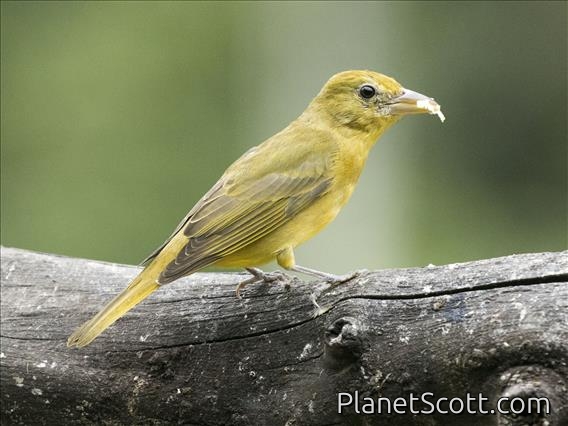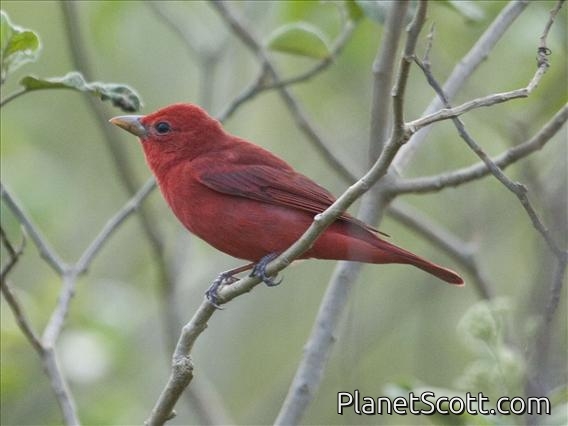Summer Tanager (Piranga rubra)

Summer Tanager (Piranga rubra) - Female

Summer Tanager (Piranga rubra) - Female

Summer Tanager (Piranga rubra) Male



×




Summer Tanager (Piranga rubra) - Female

Summer Tanager (Piranga rubra) - Female

Summer Tanager (Piranga rubra) Male
About Summer Tanager (Piranga rubra)
- Kingdom: Animals
- Phylum: Chordates
- Class: Birds
- Order: Perching Birds
- Family: Tanagers and Allies
The summer tanager is a medium-sized American songbird. Formerly placed in the tanager family (Thraupidae), it and other members of its genus are now classified in the cardinal family (Cardinalidae). The species's plumage and vocalizations are similar to other members of the cardinal family.
Source: Wikipedia
Visits
-
2002-06-07
Rio Cuchijaqui, Mexico -
2007-10-13
Xalapa, Macacuitepl Park, Mexico -
2009-01-14
Cozumel, Mexico -
2009-01-16
Tulum, Mexico -
2009-01-20
Crooked Tree, Belize -
2009-01-30
Semuc Champey, Guatemala -
2009-02-02
Santiago de Atitlan, Guatemala -
2009-02-03
Los Tarrales, Guatemala -
2009-02-25
Corcovado National Park - La Sirena, Costa Rica -
2009-03-08
Parque Natural Metropolitano, Panama -
2009-03-09
Cana Station, Panama -
2009-03-19
Punta Patino, Panama -
2010-02-21
Taxco, Mexico -
2011-07-11
Ocala National Forest, United States of America -
2013-04-16
Aransas NWR (CTC 037) (Aransas Co.), United States of America -
2013-04-17
Brazoria NWR (UTC 108), United States of America -
2013-04-19
Bolivar Peninsula, United States of America -
2014-05-09
Cave Creek Canyon--Southwestern Research Station, United States of America -
-
-
-
-
-
-
-
-
-
-
-
-
-
-
-
-
-
-








